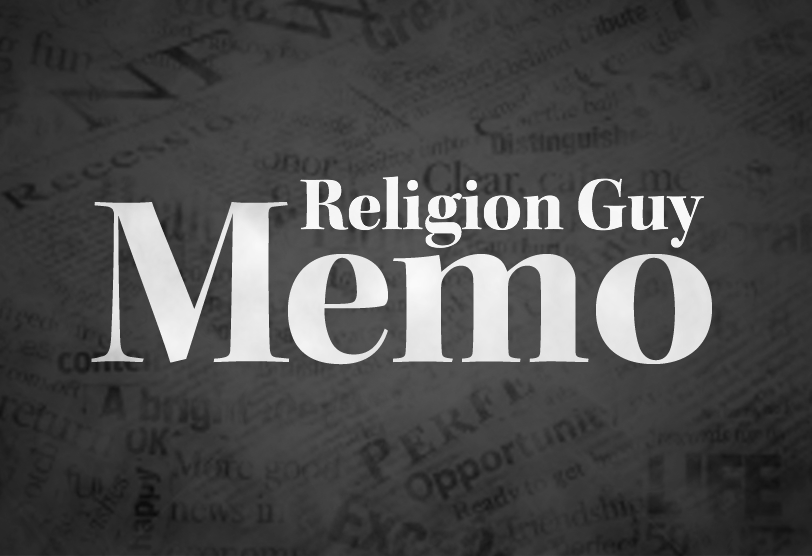What the weak head with strongest bias rules, Is pride, the never-failing vice of fools. Alexander Pope, An Essay on Criticism, (1711) line 203.
Regular readers of these columns will discern my disdain for advocacy journalism. It is part of my personal catalogue of the seven deadly sins. Let us tick them off according to Pope Gregory I’s list: lust, gluttony, greed, sloth, wrath, wnvy and pride. Advocacy journalism is the reporter’s particular sin of pride. It takes humility to handle opposing voices with accuracy and respect.
But I do not want to dismiss this style out of hand for there are many examples of excellent opinion-centered news articles. A recent story on euthanasia from the French daily Libération is an example of how to do advocacy journalism well.
But first let us define our terms. In a recent GetReligion article, editor tmatt described the clash of ideologies between the classical school of Anglo-American reporting, and the older but now revived school of advocacy reporting.
When I say "old-school journalism," I am referring to what textbooks often call the "American model of the press," which stresses that journalists should strive to honor standards of accuracy, fairness and balance when covering the news. The key: When reporting on hot-button issues, journalists should strive to treat people on all sides of these debates with respect.
This classically liberal approach to news emerged, and evolved, in the late 19th century and the early 20th century. The goal was to produce news that was as independent as possible, thus exposing readers to genuine diversity. Citizens could then make up their own minds.



